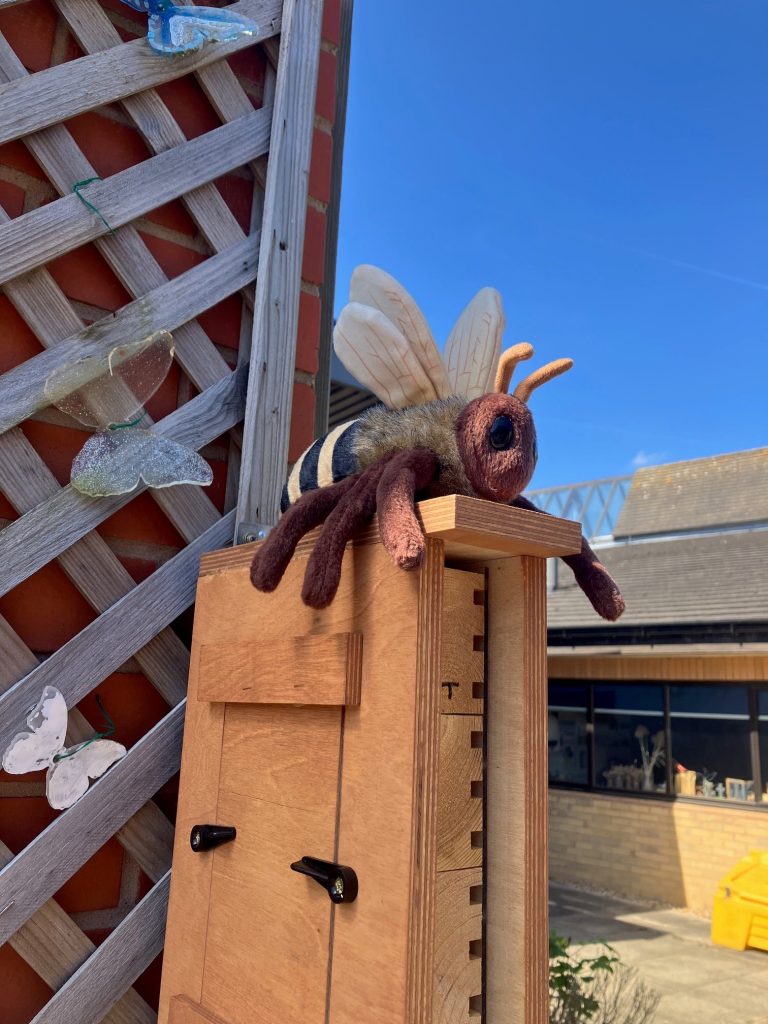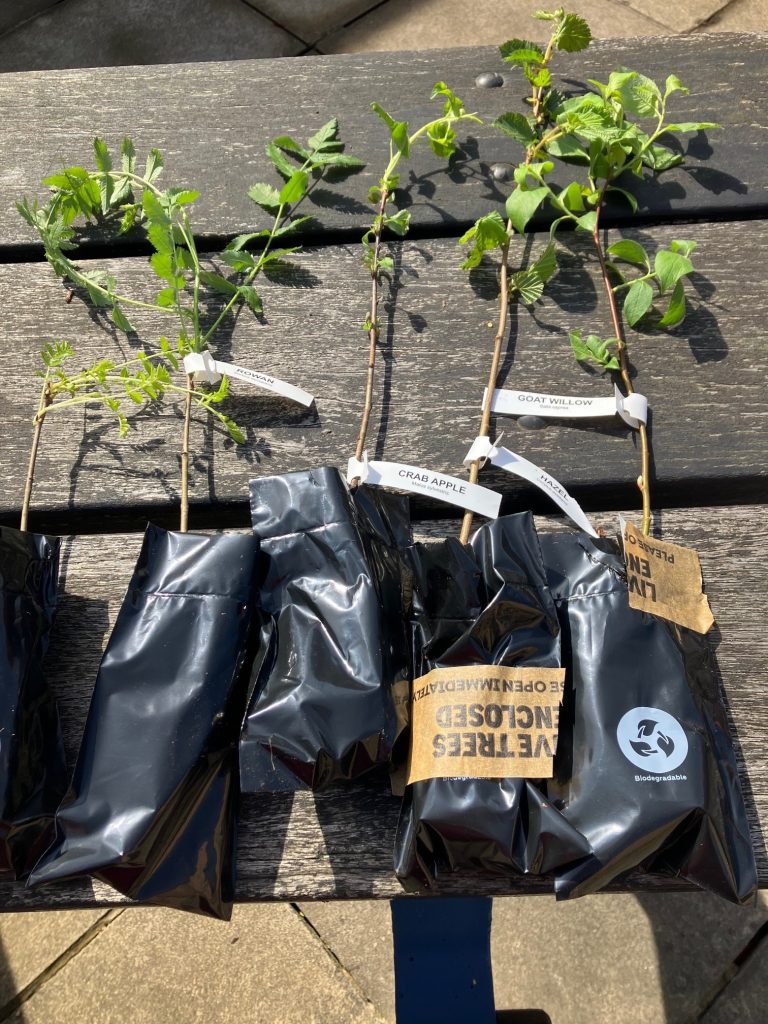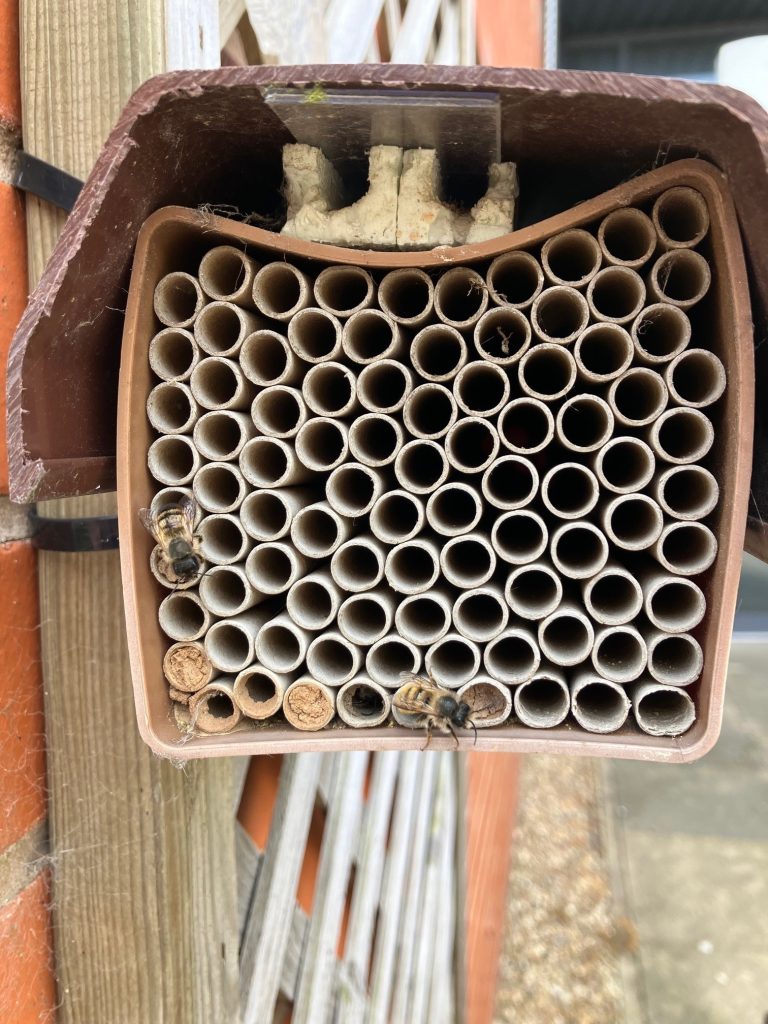The team has been out and about teaching the minds of today and tomorrow everything there is to know about red mason bees. We were in Hull’s Street life museum for a full weekend in March as a part of the Collider Festival. This was a celebration of science, engineering and arts with spectacular events throughout the city – from light shows to robotic dogs. Our stall had a real working microscope with pollen underneath, free wildflower seeds (very popular!) and a bee nest used by the bees last year (without the bees sadly!). Our focus was to highlight the key differences between social and solitary bees, and why they are important for the ecosystem.
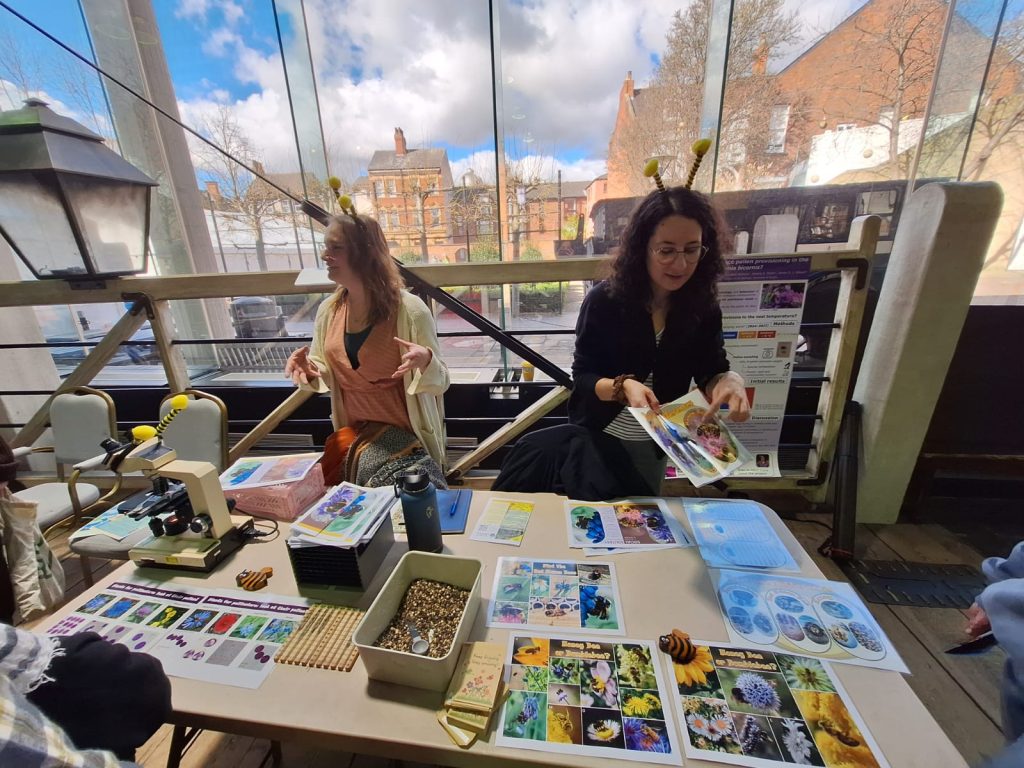
A few days later, we were back in the classroom at New Pasture Lane primary school in Bridlington running a 2-hour Zoology workshop for the year 5 class. The students were exceptionally well behaved and attentive as we explained exactly what makes a bee a bee, and how to differentiate them from mimics and wasps during our game “To bee or not to bee”. Hint: bees have hairy legs! After all that sitting and thinking they got to burn off some energy playing our brand-new “Flowers vs Pollinators” game where the children were running around dressed as bees moving ‘pollen’ – ping pong balls – between one another. After the organised chaos ended, the children relayed what they had learned about pollination and bees throughout the day with impressive results!
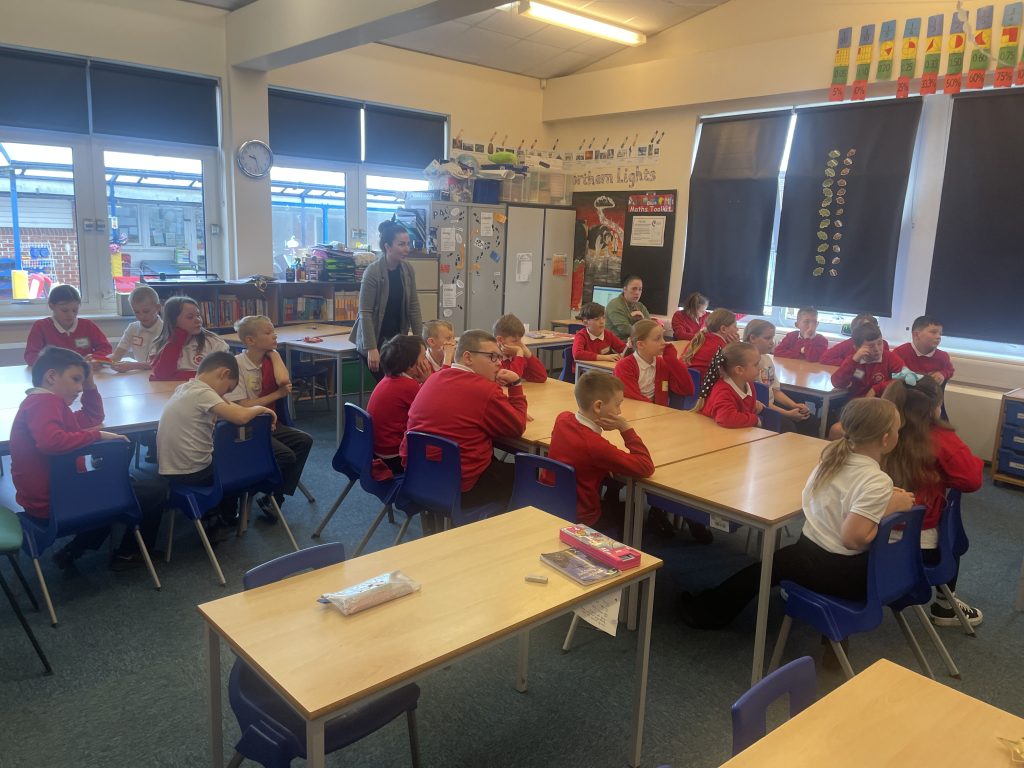
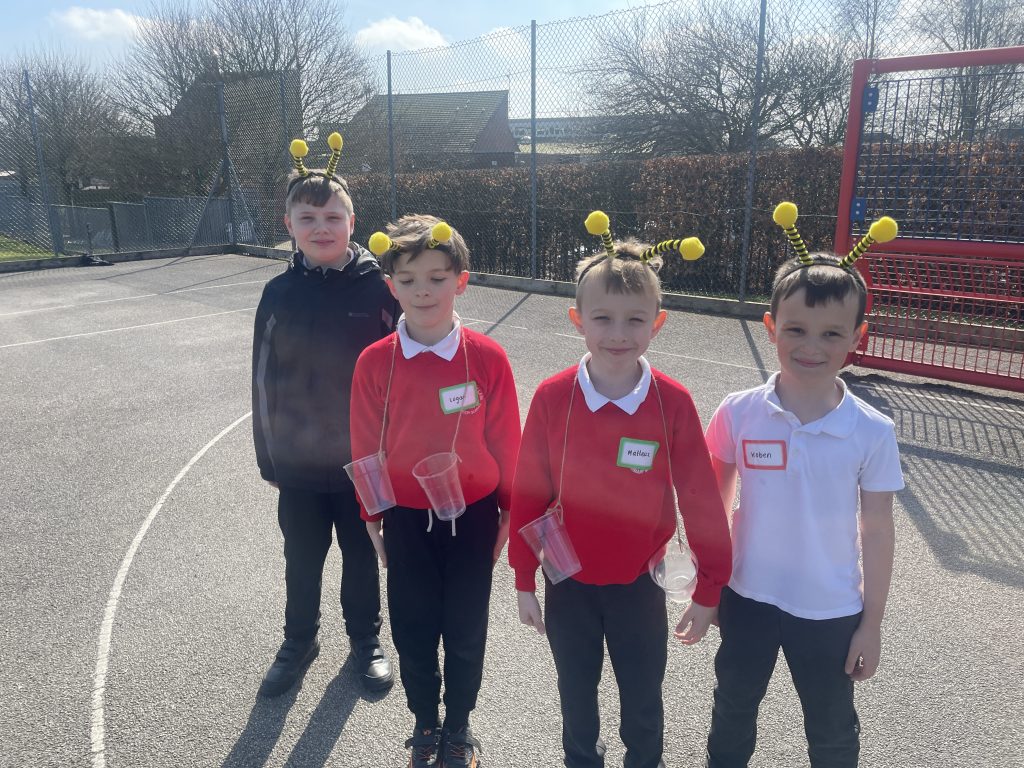
The following week we met with Wilberforce Sixth Form College and provided them with advice, bee cocoons and nests to help with their incredible research work. Wilberforce Sixth Form College currently holds a partnership grant with the Royal Society, with the University of Hull as their STEM partner. Their project is investigating the very important research question: “Can capturing rainwater alleviate flood risk and increase biodiversity?” To do so, rainwater is captured in water butts and then used to irrigate a range of plants in planters and living walls. Our bee boxes will provide nesting sites on the college campus. Food plants such as crab apple and hazel are amongst native species planted in a bid to establish a strong breeding population of mason bees at Wilberforce. So far, the new bee box has attracted bee breeding pairs, with an older established box also showing increased occupation. Staff and students have noted much activity in and around the boxes, including clear courtship displays. Hopefully this will teach the students about both the life cycle and importance of mason bees, and we wish Wilberforce college all the best with their exciting and important research!
